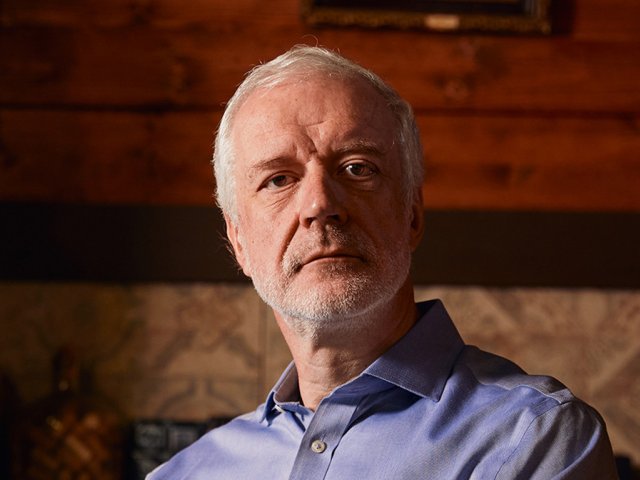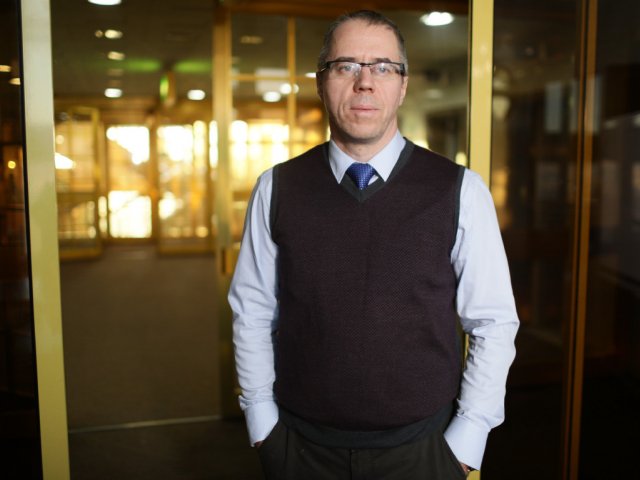Official:
Galileo Galilei. 15 February 1564 – 8 January 1642. Italian physicist, mechanic, astronomer, philosopher and mathematician, founder of experimental physics. He never said, “And yet it moves.”
Life and Work:
1. Specifically for the Juno spacecraft, launched in 2011 to explore Jupiter, LEGO made three figurines: the Roman god Jupiter, his wife Juno, and Galileo Galilei. It is quite logical: the Italian scientist is known in particular for discovering the moons of Jupiter, which are referred to as “Galilean moons.”
2. Sometimes they joke that Galileo discovered Europe, but this is not a joke: In 1609 – 1610, Galileo was the first to observe the four satellites: Ganymede, Callisto, Io, and a moon called Europa.
3. It is hard to list everything Galileo did for science: he invented the thermometer, discovered the mountains on the Moon, laid the foundations of modern mechanics. Galileo founded dynamics, worked on the probability theory, established the law of inertia and the law of motion of a body on an inclined plane, discovered the law of velocity addition, as well as the law of the constant period pendulum oscillations.
4. The giant of science, Galileo Galilei, was born in Pisa in February 1564, the same week when Michelangelo died. Galileo came from a noble but impoverished family: his great-great-grandfather, also Galileo, was the head of the Florentine Republic.
5. Galileo’s father was Vincenzo Galilei, a prominent music theorist and lutenist. Later, his father’s profession helped Galileo discover the isochrony of the pendulum oscillations by observing the vibrations of the panicadile in the church during mass. He had to count down the time in two ways. Since there were no clocks with a second hand at the time, he counted musical bars.
6. The Medici dynasty, which ruled the Duchy of Tuscany, was famous for its patronage of arts and sciences, and Galileo’s father, Vincenzo, thought it best to move to Florence with his family.
7. Young Galileo liked music and drawing; he was good at writing, but after studying at a monastery school and rejecting the idea of becoming a priest, he entered the University of Pisa to study medicine. But mathematics prevailed over medicine – Galileo attended lectures on geometry and became very interested in this science.
8. He did not get a university degree – Galileo’s father did not have enough money to pay for his studies. But four years later, Galileo triumphantly returned to his alma mater already being a professor of mathematics. His extraordinary talent was noticed by the noble patron of science Marquis Guidobaldo del Monte, who put in a word for him to the duke of Tuscany.
9. “Aware of the importance of mathematical knowledge and its usefulness for other major sciences, we delayed the appointment, not finding a worthy candidate. At present, Signor Galileo, a former professor at Pisa, who is very well known and is justly recognized as the most knowledgeable person in the mathematical sciences, has expressed a desire to take this position. Therefore, we are happy to grant him the mathematics chair for four years, with a remuneration of 180 florins per year.” This is how the doge of Venice introduced the young but respected scholar to the University of Padua in 1592.
10. The most famous professor of the University of Padua constantly conducted scientific research and developed new technical devices at the request of the government of the Republic of Venice. But he named the moons of Jupiter, which he discovered by means of the telescope of his own design, the Medichi stars in honor of the sons of his Florentine patron Ferdinand I. And then, to his own misfortune, he made the decision to return to Florence.
11. While working in Padua, Galileo had an affair with Marina Gamba from Venice. He never married Marina, but fathered a son, Vincenzo, and two daughters, Virginia and Livia.
12. Ferdinand I’s son, Duke Cosimo II de’ Medici, granted Galileo an honorary and lucrative position as a councillor at the Tuscan court. This allowed Galileo to pay off the huge debts he ran into in order to get his two sisters married.
13. Being a councillor at the Tuscan court, the most famous scientist in Europe at the time had enough free time, which he entirely devoted to science. But the Inquisition was on alert, just waiting for the right moment.
14. It is said that the porters hired by Galileo dragged a cannonball weighing a hundredweight to the top of the Leaning Tower of Pisa, while Galileo himself brought a half-pound culverin ball there. By dropping both balls from the tower and counting the time by his own pulse, he proved that the free fall acceleration does not depend on the mass of the body. Many historians now believe that these stories are a myth, since this experience is not described in Galileo’s works. But no one refutes Galileo’s discoveries.
15. Galileo did not just promote the teachings of Copernicus – in plain an accessible Italian language, he wrote The Dialogue Concerning the Two Chief World Systems, Ptolemaic and Copernican.
16. That was when the Inquisition started to act. On June 22, 1633, in the Basilica of Santa Maria sopra Minerva in Rome, in presence of all the court members, after a two-month trial, Galileo Galilei renounced his teachings standing on his knees. It was a reasonable decision: according to the mathematician David Hilbert, only an idiot could believe that science requires martyrdom – that may be necessary in religion, but in time a scientific result will establish itself.
17. Soon after the verdict, Galileo had to stay at one of the Medici villas. Then he was allowed to move to the palace of his friend, Archbishop Piccolomini in Siena. After five months, Galileo was allowed to return home. He settled in two kilometers from Florence in the town of Arcetri, next to the monastery where his daughters stayed.
18. Galileo spent the rest of his life under house arrest and under the constant supervision of the Inquisition. Even at the time of Galileo’s death, two representatives of this department stayed with him.
19. Galileo died the same year when Newton was born – as if he passed the baton.
20. Now Galileo’s house in Arcetri is turned into a museum, while the house itself is managed by the Department of Astronomy of the University of Florence.
21. Over the years, the church admitted that it was wrong. John Paul II corrected the mistake of Pope Urban VIII, who condemned Galileo. He ordered an investigation of this judicial incident, and in 1992 the Vatican finally decided that the trial was unjust.






















